In today’s society, we are inundated with incredibly lean, tall, thin bodies all over the Internet and magazine covers. We know that not all of these bodies are healthy or even realistic. There are a variety of bodies that make up our world today (some short, some tall, some lanky, some stocky, some round, some square) and all are beautiful and should be appreciated in their own right.
When it comes to health, however, is one body type more advantageous than another? It is well known that being overweight or obese can lead to several health issues including cardiovascular disease, diabetes and even premature death. There have been recent discussions, however, on whether a person’s body type can affect a person’s overall health. The two body types generally discussed are android and gynoid. The suffix “oid,” which means “to resemble,” is used with the two prefixes “andro” and “gyno,” which mean male and female, respectively. A gynoid (or pear shaped) body type is typically defined as a rounder, lower half of the body, with more fat deposited in the hips, buttocks and thighs. Conversely, those with an android body type may have greater girth around the chest and abdomen. Both gynoid and android body types may have associated health risks, but is one more dangerous than the other? And are there specific exercise programs that someone should follow who has either the gynoid or android body type?
For those individuals who have the gynoid body shape (more fat being deposited in the hips/thighs/buttocks), there is good news and bad news. With this type of fat distribution, the there is a lower risk for cardiac disease when compared to android body shapes because more fat is typically stored around the lower half of the body rather than in the thoracic cavity. Because of the greater distribution of fat near the hips and thighs, there is less “visceral” fat in and around the vital organs that are housed in the trunk. Unfortunately, because the fat that is deposited in the lower regions of the body is subcutaneous (just below the surface of the skin), it tends to be a bit harder to get rid of when someone is looking to change their weight or girth measurements.
As an industry, we have finally learned that “spot training” does not exist, so (nutrition aside) what type of workout can clients who want to lose weight from the lower regions do to meet their goals? For those with a gynoid body shape (generally seen in women, but can also occur in men), high-intensity interval training and total-body resistance training circuits can be used to effectively burn calories, improve cardiovascular conditioning and reduce subcutaneous fat. Because more adipose tissue resides in the lower body, the fat is most likely to be lost from these areas; however, overall caloric burn is the important factor to keep in mind for this type of client. Therefore, he or she should progress from aerobic training to anaerobic training through the use of timed intervals and more strenuous exercises.
Here are a few workouts that were designed to help reduce the hard-to-budge subcutaneous fat that may be taking up residence on the hips/buttocks/thighs.
Full-body Strength-training Circuit (Aerobic)
Perform each exercise for 30 seconds with a 30-second rest in between. Repeat the cycle two to four times to keep the heart rate up and calories burning. Rest one to two minutes in between each cycle.
Body squats
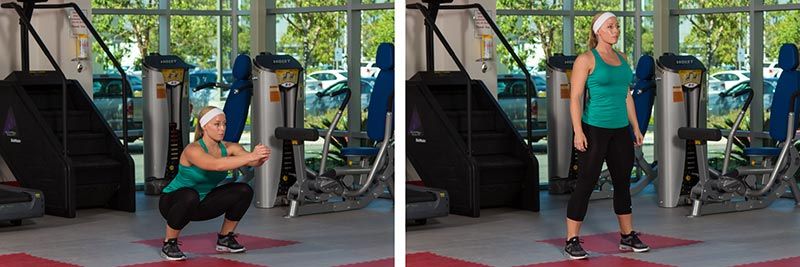
Push-ups

Walking lunges
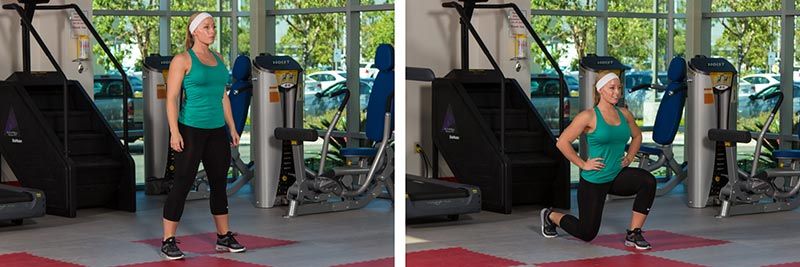
Dips
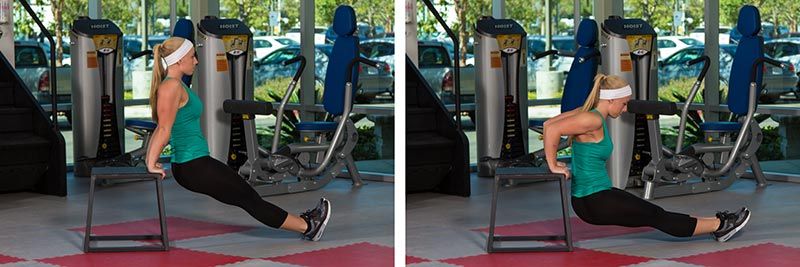
Step-ups
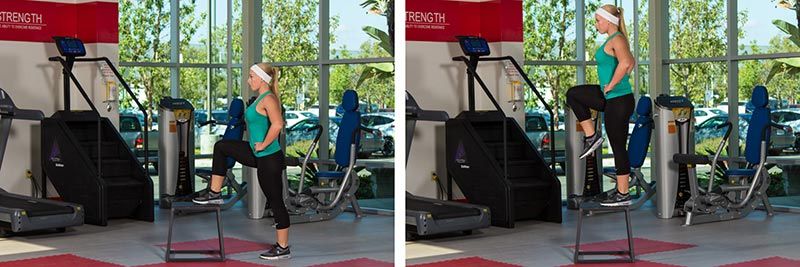
Thread-the-needle planks
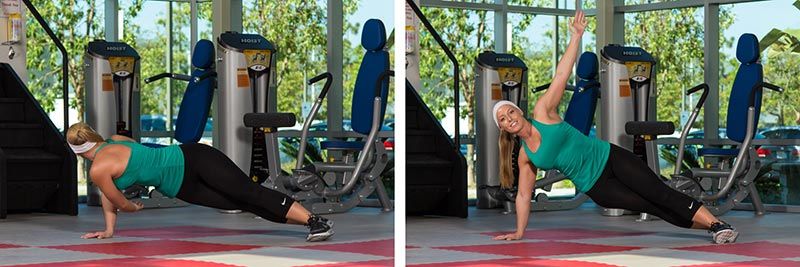
Plyometric Circuit (Anaerobic):
Divide the eight exercises into two groups. Perform each exercise for 15 seconds with a 30-second rest period. Rest one to two minutes in between each circuit and then repeat.
Box jumps

Burpees

Lunge jumps
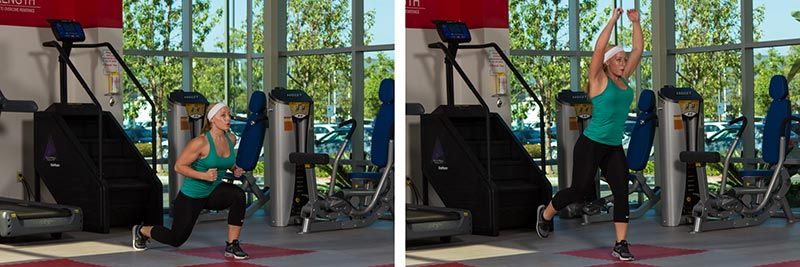
Medicine ball chest pass
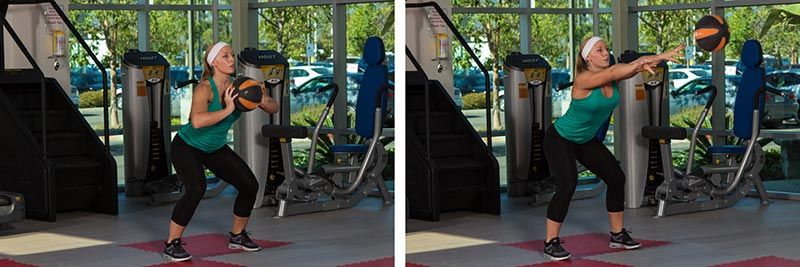
Jack press
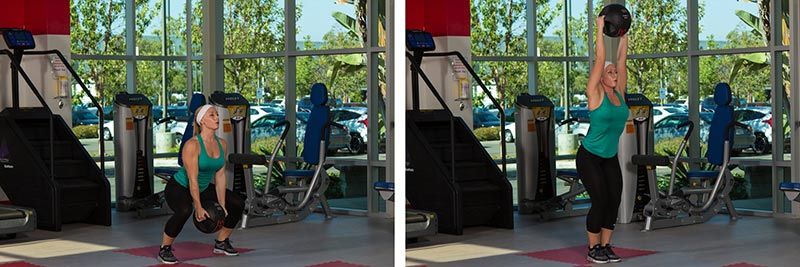
Mountain climbers
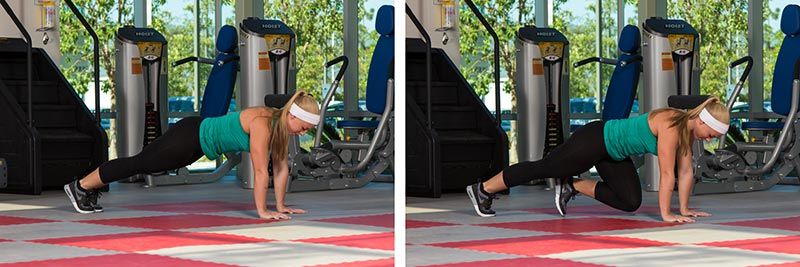
Lateral agility ladder
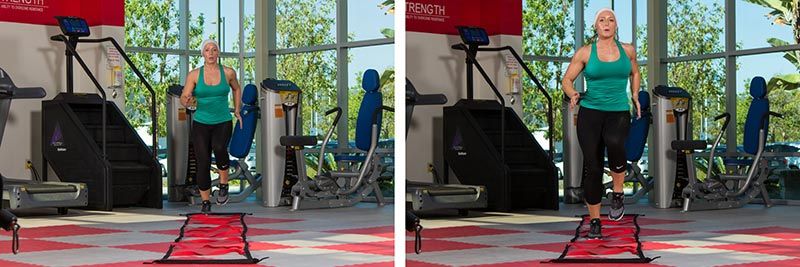
Battling ropes
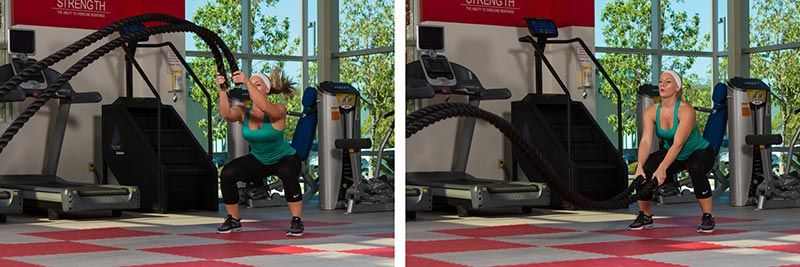
Part 2 of this blog series features workouts specific to the android body type.




 by
by 









 by
by